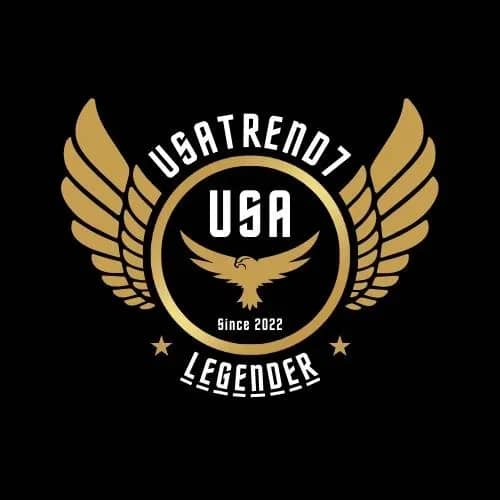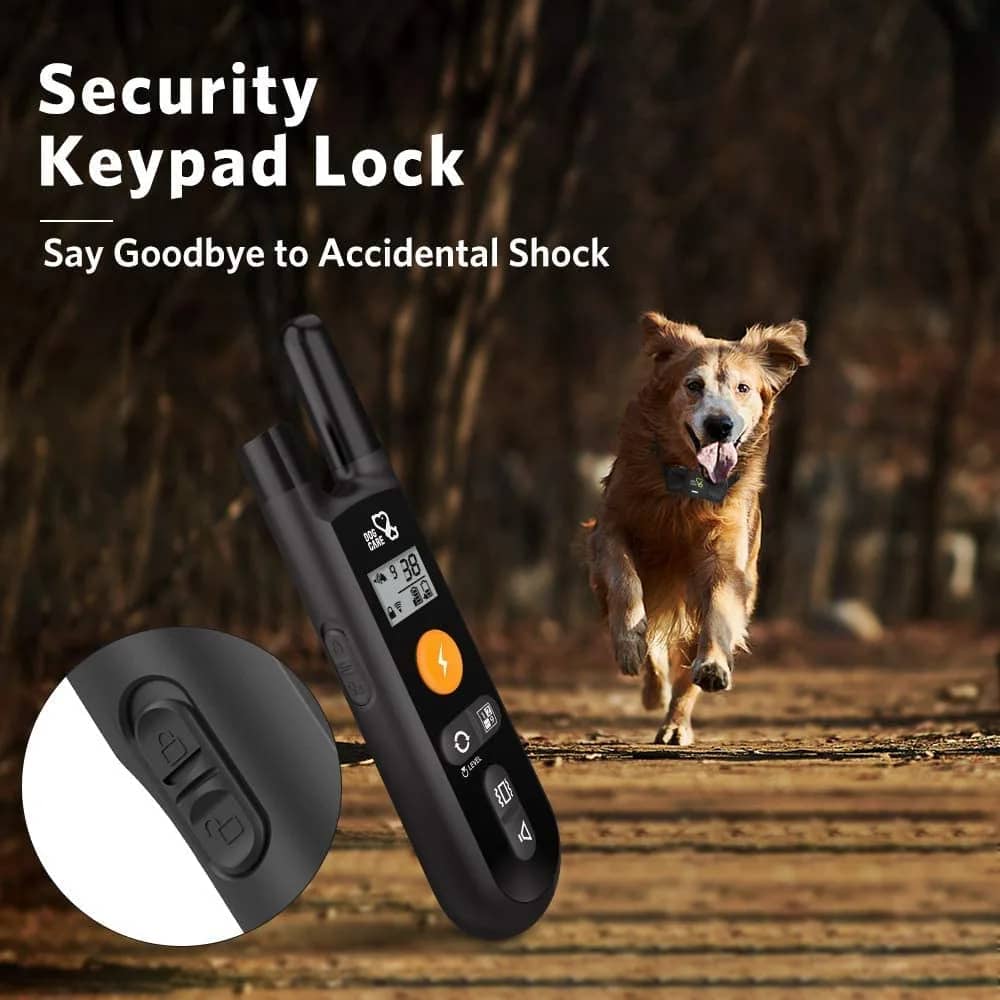Dog Care Dog training collar, What is a dog training collar?, dog care dog training collar reviews, dog care collar,well-d dog training collar, dog care dog training collar flashing red and green,

What is a dog training collar? (Dog Care Dog training collar)
Typically, this kind of collar has a receiver with two or three metal prongs that press against the dog’s skin or neck. To stop unwanted behaviour, such as dog barking, stimulation is sent from a remote control to the receiver. This stimulation can take the form of beeps, vibrations, or electric shocks at different intensities.
What varieties of dog training collars are there?
Types of dog training collars. The four main categories of collars are slip, choke chain, head halter, and buckle.
Reviews and recommendations for the top training collars for obstinate dogs(Dog Care Dog training collar)
• SportDOG Brand 425X Remote Trainers are the best overall.
• PATPET Dog Training Collar is the best for barking.
• PetSafe Remote Dog Training Collar is the best for aggressive dogs.
Garmin Sport Pro is the ideal hunting dog GPS.
The Petrainer PET998DBB Training Collar has the best price.
FAQ:-
Do dog training collars really work?
Yes, shock collars can be an effective way to stop a variety of stubborn behaviours in dogs, including excessive barking, unwarranted aggression, pet containment, and general stubborn behaviour. However, this all depends on the trainer and how they are carrying out this punitive training.
What age should you start a dog on a training collar?
“Some puppies are ready to go around 14 or 15 weeks of age, while others should be almost 6 months old before you start,” the expert advised.
How painful is a shock collar?
It was similar to touching a hot stove you might use to heat your home. Ryan: I’d rate it an 8 on a scale of 1 to 10. Your entire body felt the impact of the shock, almost as though your bones were vibrating. After that, my muscles ached like crazy.
Do vibrating dog collars hurt?
In contrast to shock collars, vibration collars are painless. Shock collars instil fear and stop undesirable behaviours by using negative reinforcement and pain. While most dogs respond well to shock collars, there are many moral questions that surround their use.
Can dogs wear shock collars all the time?
Regarding the safety considerations related to wear time, be aware that a dog CANNOT wear the e-collar constantly. Due to the snug fit needed for proper use, wearing the collar constantly will likely result in skin irritation and potential pressure sores.
What is the difference between a training collar and a shock collar?
The distinction between an E-collar and a Shock Collar is essentially nonexistent. Animal activists who prefer not to shock their dogs brought the issue to light through their preference for terminology. However, properly using a shock or e-collar doesn’t actually hurt your dog.
What collars do vets recommend?
While other veterinarians advise Sentry, Dr. O’Sullivan most frequently suggests Adaptil as a calming collar.
Do professional dog trainers use shock collars?
Some trainers also employ them with canines that exhibit other “nuisance” behaviours, such as being afraid of people or barking and lunging at other dogs. These dogs are fitted with shock collars in order to train them to stop exhibiting these behaviours through rewards.
Is it better to train a dog with a collar or harness?
Which is safer, a collar or a harness? Our experts concur that a harness is the most secure choice for going on walks and other outdoor activities or situations where your puppy might pull on the leash, even though a flat collar is best for everyday use and for displaying ID tags.
Why do dogs act weird after shock collars?
Aggression can result from the use of choke collars, prong collars, and shock collars as positive punishment. This happens because the fear and discomfort a dog experiences when being shocked or choked is frequently connected to whatever the dog was paying attention to at the time rather than their own behavior
Do shock collars make dogs aggressive?
It may result in more difficult and aggressive behaviors.
Shock collars for dogs teach them that they are helpless and disempowered rather than teaching them what behaviours are acceptable. Depression, anxiety, or, even worse, aggression, can result from this.
Do shock collars affect dogs brain?
Can dogs’ brains be damaged by shock collars, a common question. No, brain damage is not a side effect of a shock collar, despite the fact that they can exacerbate preexisting problems.
Should dogs sleep with collars on?
It is universally acknowledged among veterinarians and dog trainers that collars are not intended to be worn constantly. The risk of irritation or infection from continuous wear is another good reason to take it off at night. If the collar is frequently wet or is a little too tight, the risk increases.
What is the safest dog collar?
Martingale Dog Collars
Martingale canine leashes. Because they are the most cosy and secure to use, martingales are among the most widely used training collars. This type of collar is intended to slightly tighten or cinch up when your dog pulls, but to comfortably loosen when they are walking correctly.
Does a shock collar stop barking?
Shock collars for controlling persistent barking are effective whether you are at home or not. If your dog’s loud protests have caused neighbours to complain, this can be especially useful. The same is true for shock collars as a form of boundary control, though they do need some practical instruction.
Target Dog Breed | The Bull Terrier
How expensive is it to own a dog? : The Cost of Owning a Dog

